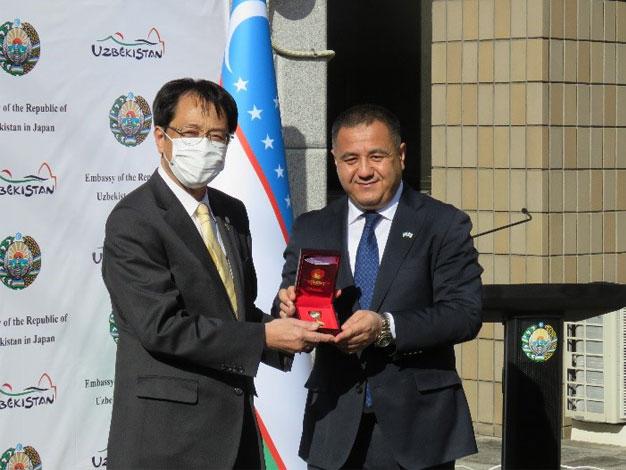[ad_1]
The value of Japan’s imports surged 43.8% in November to hit a record level on higher crude oil costs and the yen’s weakness, leading the country to post its largest trade deficit since January 2020, government data showed Thursday.
Imports of goods jumped to ¥8.32 trillion ($72.9 billion), the largest figure since comparable data became available in January 1979, while exports soared 20.5% to ¥7.37 trillion, resulting in a goods trade deficit of ¥954.8 billion, the Finance Ministry said in a preliminary report.
The trade balance logged red ink for the fourth consecutive month, with imports rising for the 10th straight month on growing prices of crude oil from producers such as the United Arab Emirates.
Exports were up for the ninth consecutive month, led by robust demand for iron and steel products from South Korea and semiconductor-making equipment from China.
Stronger Japanese exports are good news for the country’s recovery prospects. They also add to signs that easing supply constraints were helping to put the global economy on a better footing — in the weeks before the emergence of the omicron COVID-19 variant introduced a new element of uncertainty.
“We saw a bit of relief in supply constraints in November, but there’s a risk that the omicron variant could halt factories abroad and increase supply constraints like the delta variant did,” said economist Koya Miyamae at SMBC Nikko Securities Inc. “A weaker yen is making oil imports even more expensive, which will work against consumption at home.”
November’s export gains were broad-based, with shipments to the U.S., China and the EU all logging their strongest increases since summer. Japan’s car exports, a key driver of the economy, increased about 4% — recovering from a fall of more than a third the previous month even as supply chain snarls persist.
With rising prices for gasoline and other select items causing some concern that Japan’s consumers might pull back, the pressure for exports to carry the recovery increases. Analysts see the economy bouncing back at the end of the year after shrinking last quarter for a fifth time in eight quarters.
Still, the spread of the omicron variant since late November now clouds the outlook to some extent, as countries limit access to travelers and weigh whether to reinstate domestic restrictions. Supply bottlenecks also continue to affect manufacturers, with Toyota Motor Corp. cutting production again this month due to parts shortages.
“Overall there’s a recovery in exports led by cars,” said economist Takeshi Minami at Norinchukin Research Institute. “But it’s likely to remain quite slow. Toyota’s already said their December plan of getting their production levels back is facing delays, and it’s still unclear whether it’ll get back on track in January given Southeast Asia is still facing COVID problems.”
In a time of both misinformation and too much information, quality journalism is more crucial than ever.
By subscribing, you can help us get the story right.
SUBSCRIBE NOW
[ad_2]
Source link























